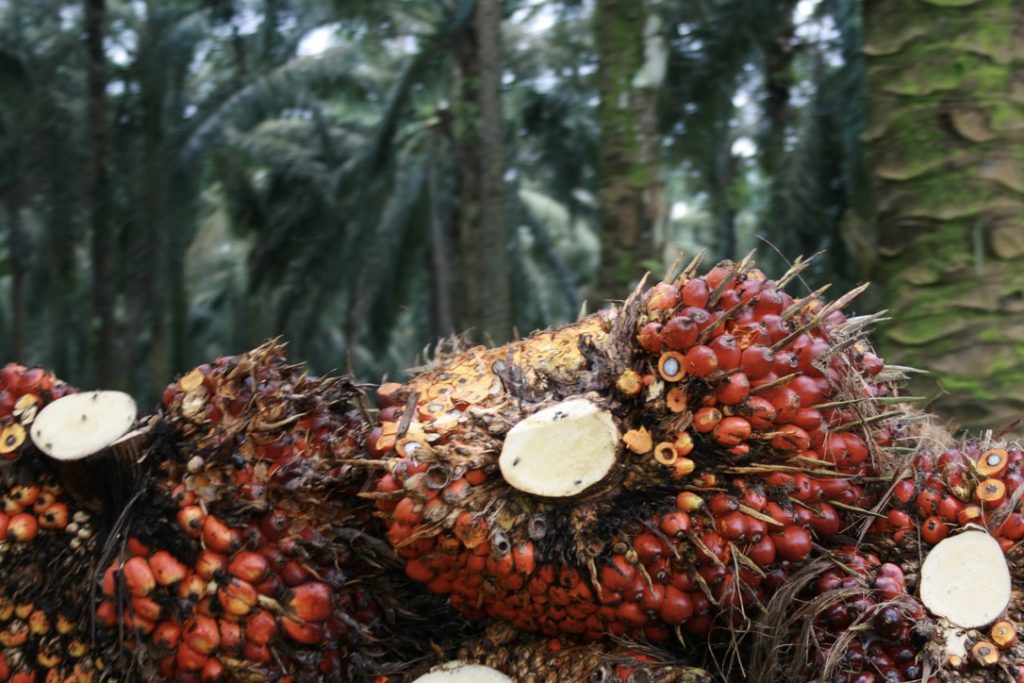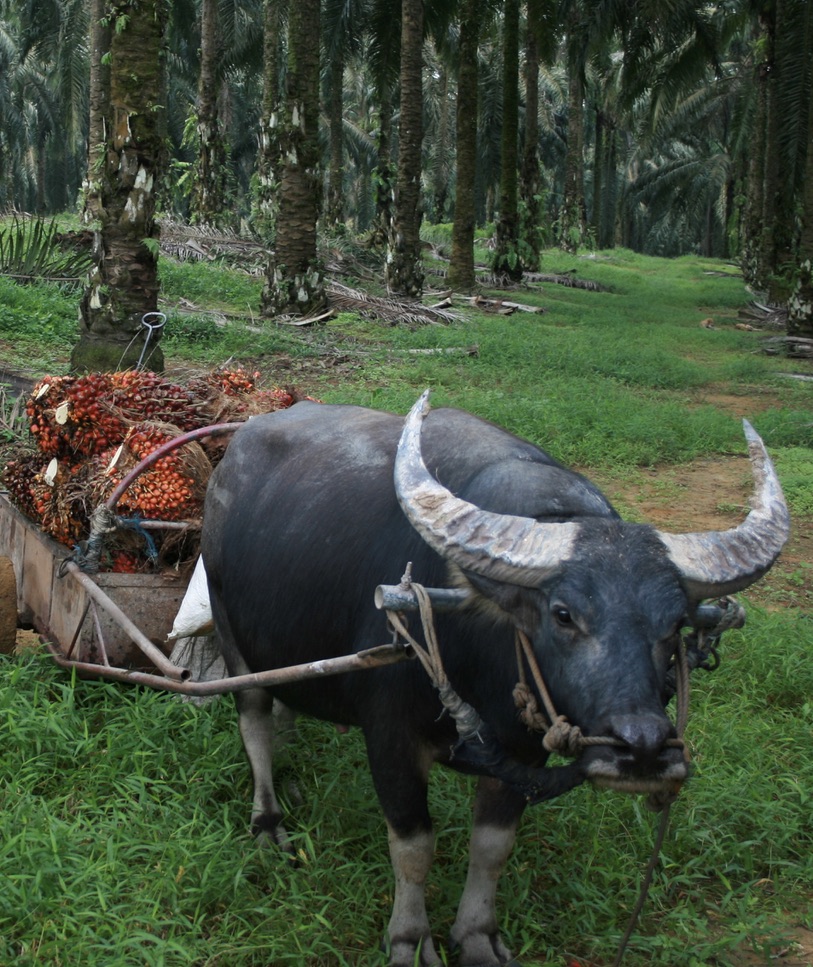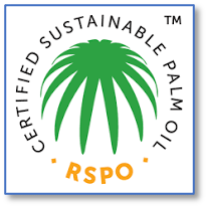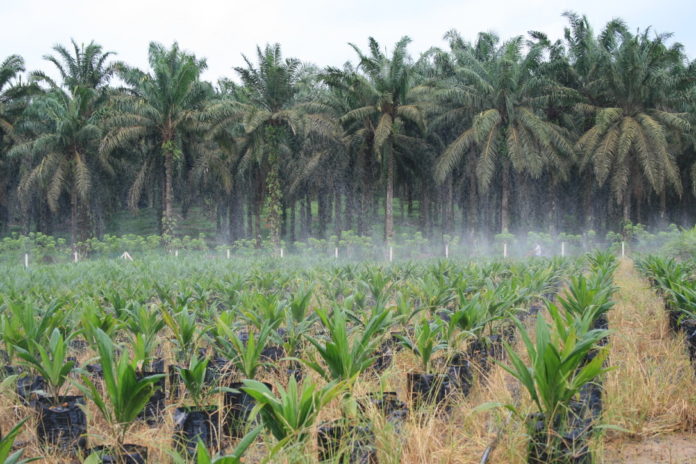Despite the pledge by 141 countries at the COP26 to end deforestation, the destruction of tropical forests by unsustainable agricultural practices is continuing at a dramatic pace [1].
The global food system is largely responsible for deforestation, with major culprits being meat, soybean, and palm oil production.
Palm oil has long been linked to the destruction of the tropical forests in Malaysia and Indonesia and has received more media attention than any other crop, sparking outcries and calls for boycotts.
As consumers we are called to act, exert our buying power and challenge the practices of brands and supermarket chains. However, it is difficult to know clearly what to do and even more challenging to realise the unintended consequences of our actions. Is it as simple as boycotting the products that contain any trace of palm oil or its numerous derivatives? Or….
Palm oil and its links with deforestation
Clearing forests to make space for palm oil plantations has been a significant feature of Southeast Asia agricultural practices for the last 20 years. This region is the largest producer of palm oil in the world [3].
Worldwide palm oil is the second main cause of deforestation after pastures for cattle; soybean is in a very close third place [2].
The problem is real and needs to be addressed.

Is palm an unsustainable crop?
When looking at the data about the use of land and natural resources per Kg of final product, the answer is no. The palm tree is very productive; one hectare of palm trees produces 5-10 times more edible oil than any other oil crop, soy, sunflower, or rapeseed.
Despite being by far the first producer of oil worldwide with 36% of total oil, palm plantations occupy less than 9% of the global land used for oil crops; conversely the runner up soybean produces 25% of total oil using 39% of the land (see Figure 2).
Assuming that palm oil was easy to substitute, and we could stop using it, we would still need 5-10 times more land to produce the same amount of oil.
On top of that, palm oil is very difficult to substitute in many applications, because of its peculiar composition and versatility. By simple fractionation and mixing we can obtain palm olein, liquid at room temperature, palm stearin, solid at room temperature and palm fractions, producing any intermediate texture and melting behaviour one can think of.
For food preparation this is a “miracle” ingredient. Attempts to replace it in baking, in confectionery, in cosmetics, could mean compromising on the shelf life and the overall quality of products, and, depending on the substitute, may create bigger environmental issues.
Figure 2: oil production versus land use by oil crops. [3]
Does Sustainable Palm Oil exist?
The palm industry links to deforestation are not inevitable. As for almost anything, there is a right way of producing this “wonder” crop.
There is enough land to produce palm oil without cutting down forests. A detailed analysis of available land in the world shows that palm oil can be produced sustainably, despite the complex geo-political issues relating to the use of land in specific countries [4].
According to the main certification body, the Roundtable on Sustainable Palm Oil (RSPO), sustainable palm oil can be produced by:
- Protecting ecosystems and maintaining biodiversity; applying sustainable land use
- Sustainable livelihoods; protecting human rights
- Ethical and transparent behaviour
- Efficiency and productivity optimisation
The RSPO is a non-profit organisation representing the stakeholders of the palm oil supply chain from producers to consumers and NGO’s. They have created a certification system based on the assessment of the individual plantations and of the companies that refine and transform palm oil in the supply chain (mills and oils & fats companies).
The two more stringent levels of certification are:
- Identity Preserved (IP): palm oil from a single plantation is kept physically separate during the transport and refining process. The buyer is guaranteed the provenance of the oil at plantation level.
- Segregated (SG): products from multiple certified plantations are combined at the mill. The buyer is guaranteed that all their oil is certified.
A less stringent certification level is called “Mass Balance (MB)”: the buyer acquires certified palm oil on paper, but the consignment may be mixed with uncertified oil.
All big, branded users of palm oil, Unilever [5], Mars [6], Ferrero [7], Mondelez, Colgate-Palmolive, etc., are heavily investing in the topic and have published their commitments to use only sustainable palm oil in their products. They all build on the RSPO certification and in some cases go beyond, e.g., by publishing a list of approved plantations and mills.
Despite the emphasis on the issue, RSPO certification covers just 19% of the total palm oil supply [8]. There is work still to be done!

The power of consumers
As consumers, we have the power to buy or not to buy a product.
Shall we therefore avoid products containing palm oil? Is that practical? What oil is used as a replacement of palm oil, and is the change reducing or increasing deforestation?
The majority of all palm oil (68%) is used in a variety of food products, with the rest entering the composition of scores of soaps and cosmetic products. It is very difficult to avoid palm oil all together.
But consumers can do better: they can put pressure on companies to buy only certified sustainable palm oil. It requires a bit of work, but there is help at hand. The WWF is maintaining a “palm oil buyers scorecard”, with which they assess more than 200 companies; amongst them are some of the biggest global food and consumer goods organisations. They assess the volume of palm oil bought, and score their actions in the palm oil supply chain; are they buying certified palm? Are they requiring traceability from their suppliers? Are they monitoring human right abuses? Etc., etc. [9]
Look at your preferred brands, chocolate, soap, or moisturiser, identify the company behind them and look at its palm oil buyers score; is it high enough? Or so low to make you think about switching products?
Producing oil without using agricultural land
The total land used for edible oil production in the world is estimated at 310 million hectares, 18% of the total agricultural land used for crops (19 million hectares for palm oil, 125 million hectares for soybean oil).
Wouldn’t it be great to be able to produce edible oil without using agricultural land? Scientists and entrepreneurs have been busy with the idea for the last 10 years and they have been creating and testing innovative ways of producing oil without using land, each at different stages of maturity.
Fermentation is the key word; using algae, microbes, and yeasts to produce edible oil in a big vat, in controlled conditions, potentially starting from food waste.
Here is another way we can make a difference: look out for innovations that reduce pressure on land resources and buy that product.
Key takeouts
As a consumer or a business using edible oils, look out for:
- Certified sustainable palm oil
- The trademark of the RSPO on products
- The WWF company scorecard on palm oil [9]
- New products and ingredients produced without using agricultural land

Written by Andrea Cattaruzza and edited by Claire Jones
References and further reading
[1] A. Vaughan, “Global forest destruction continues despite COP26 deforestation pledge,” New Scientist, Apr. 2022. [Online]
[2] M. Weisse and E. Goldman, “Just 7 Commodities Replaced an Area of Forest Twice the Size of Germany Between 2001 and 2015,” World Resources Institute, 2021. [Online].
[3] H. Ritchie and M. Roser, “Palm Oil,” 2021. [Online].
[4] J. Pirker, A. Mosnier, F. Kraxner, P. Havlík, and M. Obersteiner, “What are the limits to oil palm expansion?” Glob. Environ. Chang., vol. 40, pp. 73–81, 2016.
[5] Unilever, “Sustainable Palm Oil.” [Online 2022]
[6] Mars Inc., “Our Palm Positive Plan.” [Online 2022].
[7] Ferrero, “Quality at Heart: Our approach to sourcing palm oil.” [Online 2022].
[8] RSPO, “Roundtable on Sustainable Palm Oil.” [Online 2022].
[9] WWF, “Palm Oil Buyers Scorecard.” [Online 2022].




